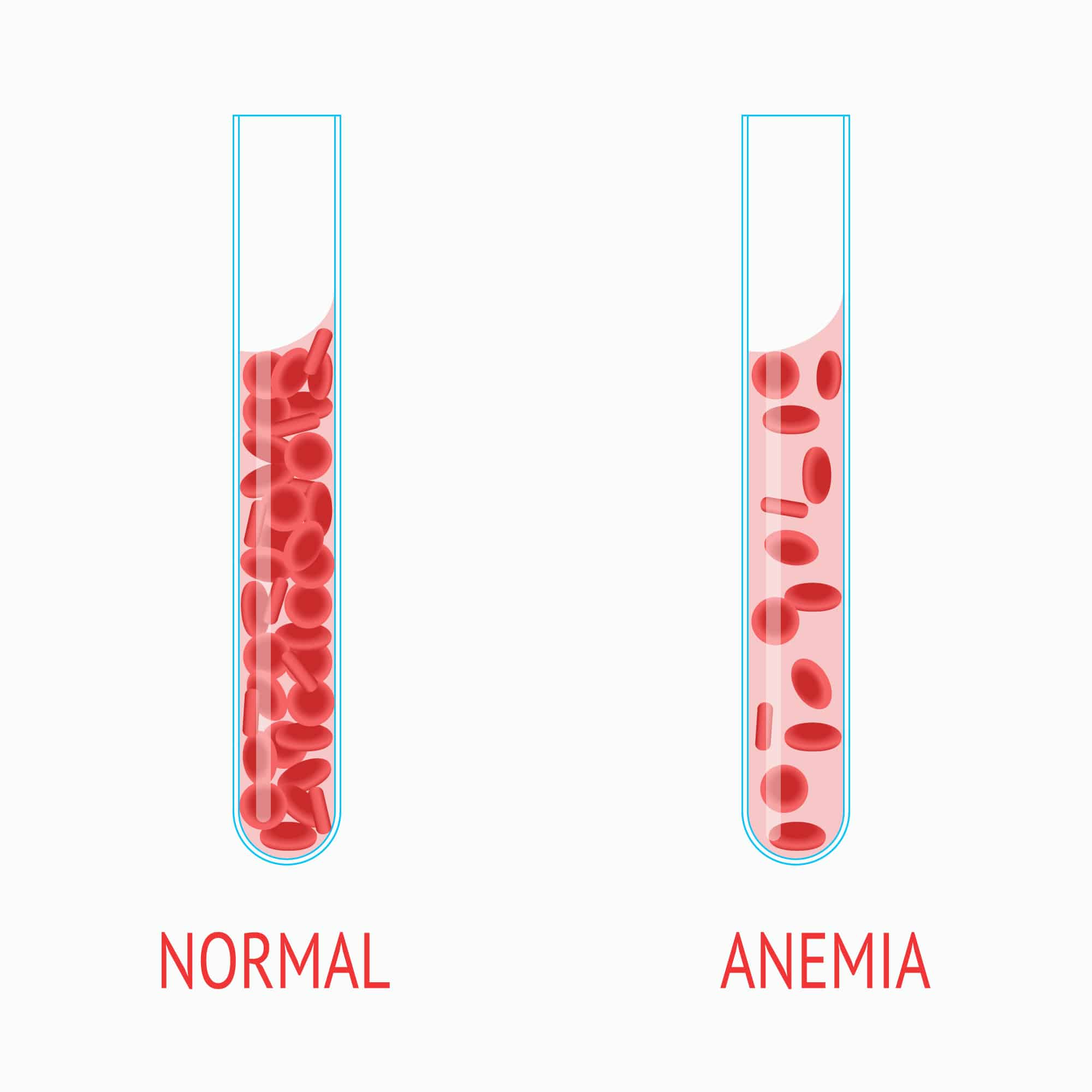Have you been diagnosed with anaemia by your GP?
Anaemia can occur at any age and there can be underlying treatable causes, but as we get older the incidence of anaemia due to unknown causes increases. In recent times this has been given its own term – unexplained anaemia of ageing (UAA).
It is estimated that one third of anaemia cases in those over the age of 65 years is unexplained.
UAA can lead to decreased quality of life due to increasing fatigue, decrease in independence, memory loss and an increased risk of falls and fractures. UAA can also lead to prolonged hospital stays and complications.
Symptoms of anaemia can include: pale skin, tiredness, weakness, shortness of breath, heart palpitations, dizziness and light-headedness. For people with lung problems (like emphysema or chronic bronchitis), anaemia can make it even harder to breathe.

Anaemia is defined as a deficiency in the number of red blood cells in the body. This is measured on blood tests by looking at your haemoglobin level (Hb). Haemoglobin is a protein which red blood cells use to carry oxygen around the body.
Anaemia can occur if:
- you aren’t able to produce enough red blood cells
- you are losing red blood cells faster than they can be replaced (bleeding)
- the body destroys or damages the red blood cells

Known causes of anaemia include:
- Dietary deficiency: iron, B12, folate (which may be associated with vegan/vegetarian diets)
- Excessive blood loss: eg heavy periods, stomach ulcers, after surgery or trauma
- Malabsorption – eg coeliac disease
- Chronic disease/inflammation – eg chronic kidney disease, rheumatoid arthritis
- Bone marrow diseases – eg leukaemia, myelofibrosis
- Increased body requirements – eg in pregnancy
- Inherited diseases – eg sickle cell anaemia, thalassaemia
Ways to prevent anaemia:
If your anaemia is thought to be due to a dietary deficiency, then making sure you have a balanced diet with adequate amounts of vitamins and minerals can help. This includes iron, folate and vitamin B12.
See below for some helpful guidelines.
https://nutritionaustralia.org/fact-sheets/iron/
http://media.healthdirect.org.au/publications/how-to-meet-your-iron-needs_infographic-v2.pdf
https://www.healthdirect.gov.au/foods-high-in-vitamin-b12
https://www.healthdirect.gov.au/folate
Treatment:
This is dependent on the cause and can include:
- iron, B12 or folate supplementation
- blood transfusions
- treating specific causes, eg heavy menstrual bleeding, stomach ulcers
At present the only treatments for unexplained anaemia (if no cause has been found) involve blood transfusions as required and medications such as erythropoietins. These medications work by stimulating the body’s bone marrow to produce more red blood cells. At present these medications are generally restricted to those who have anaemia due to chronic kidney disease and are expensive.
Here at AusTrials we are investigating a new potential treatment for those with unexplained anaemia. The medication we are studying has been shown in previous trials to increase the oxygen-carrying capacity of the blood to treat anaemia, improve iron absorption and metabolism, and improve physical function and quality of life (QOL).

